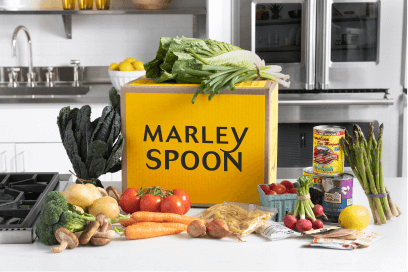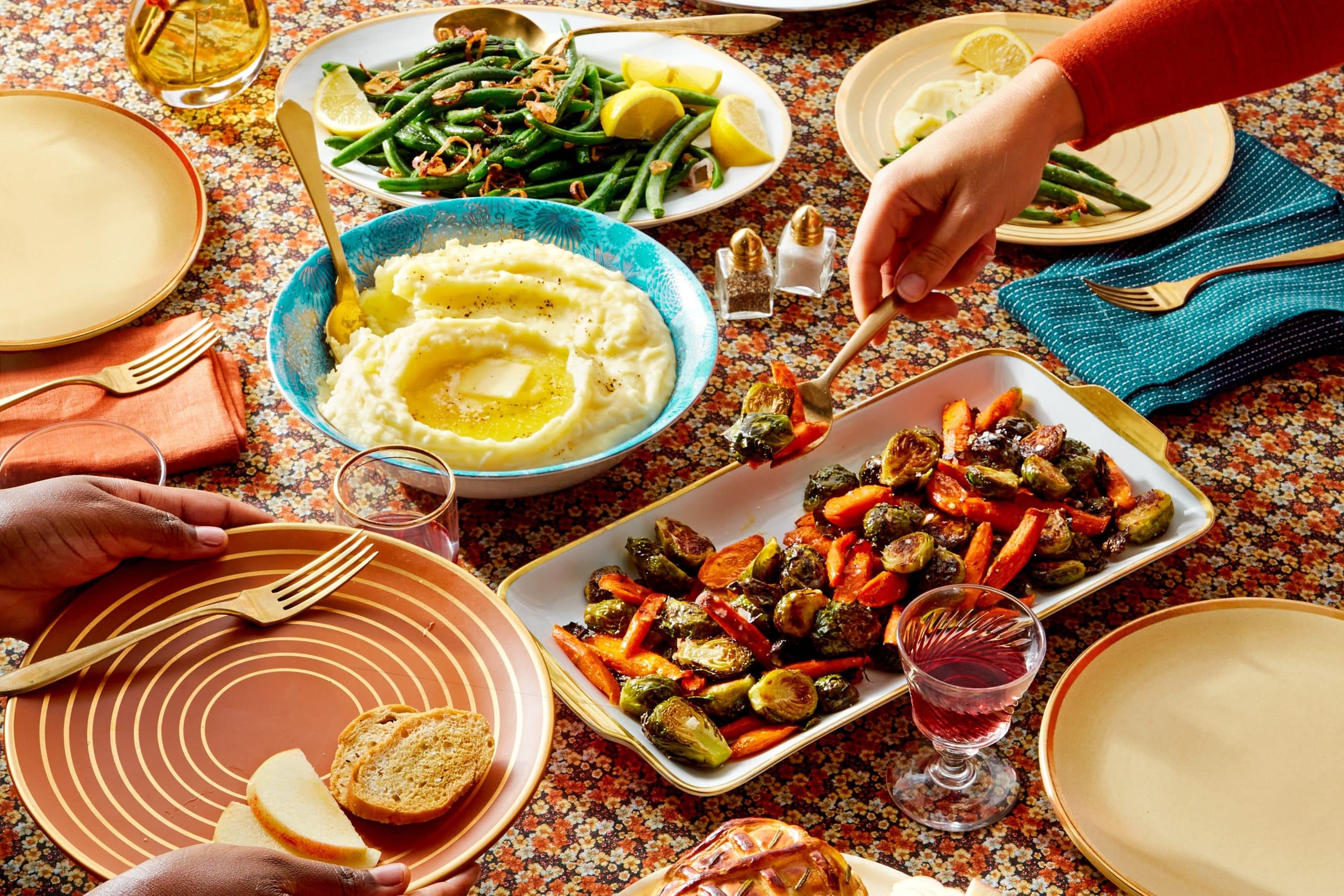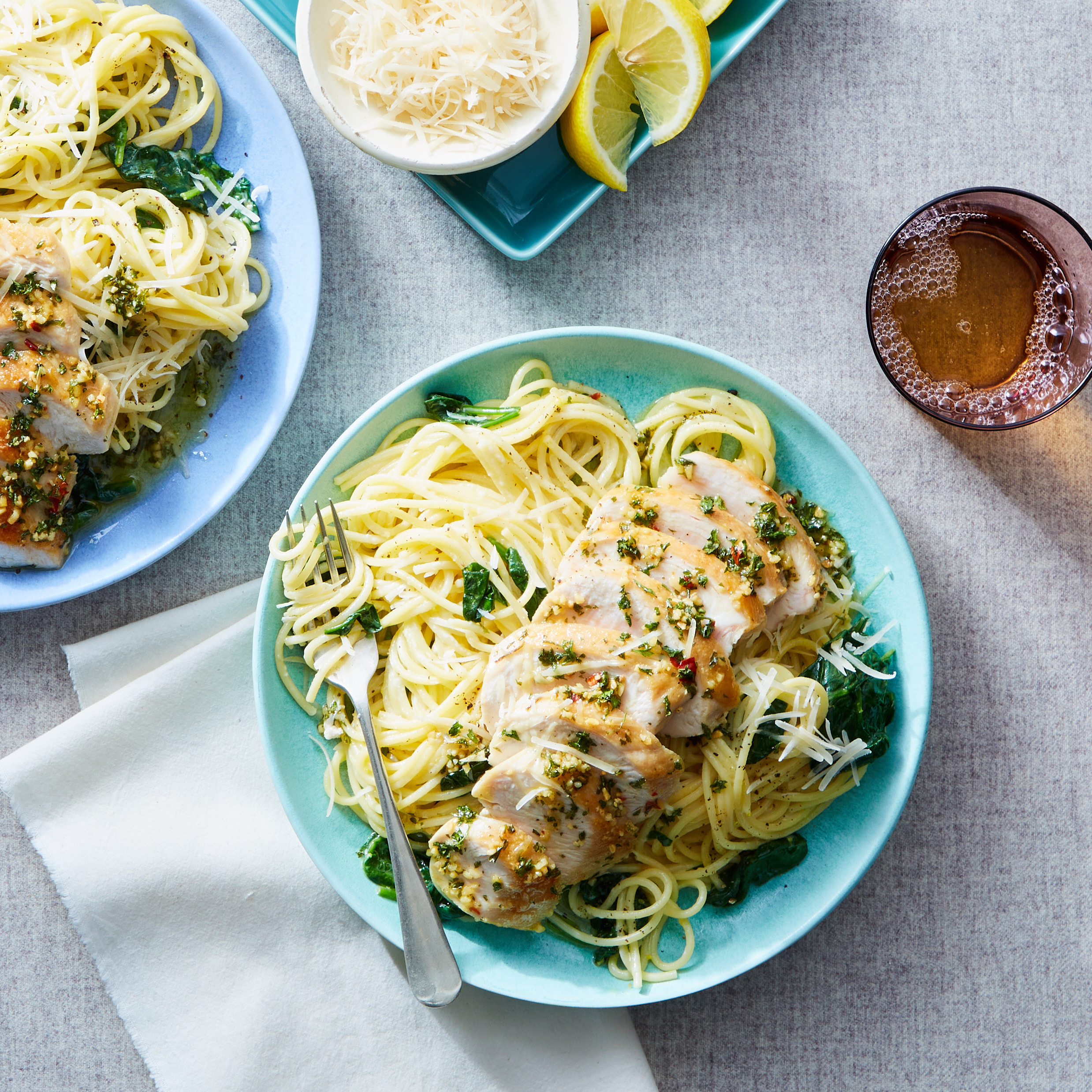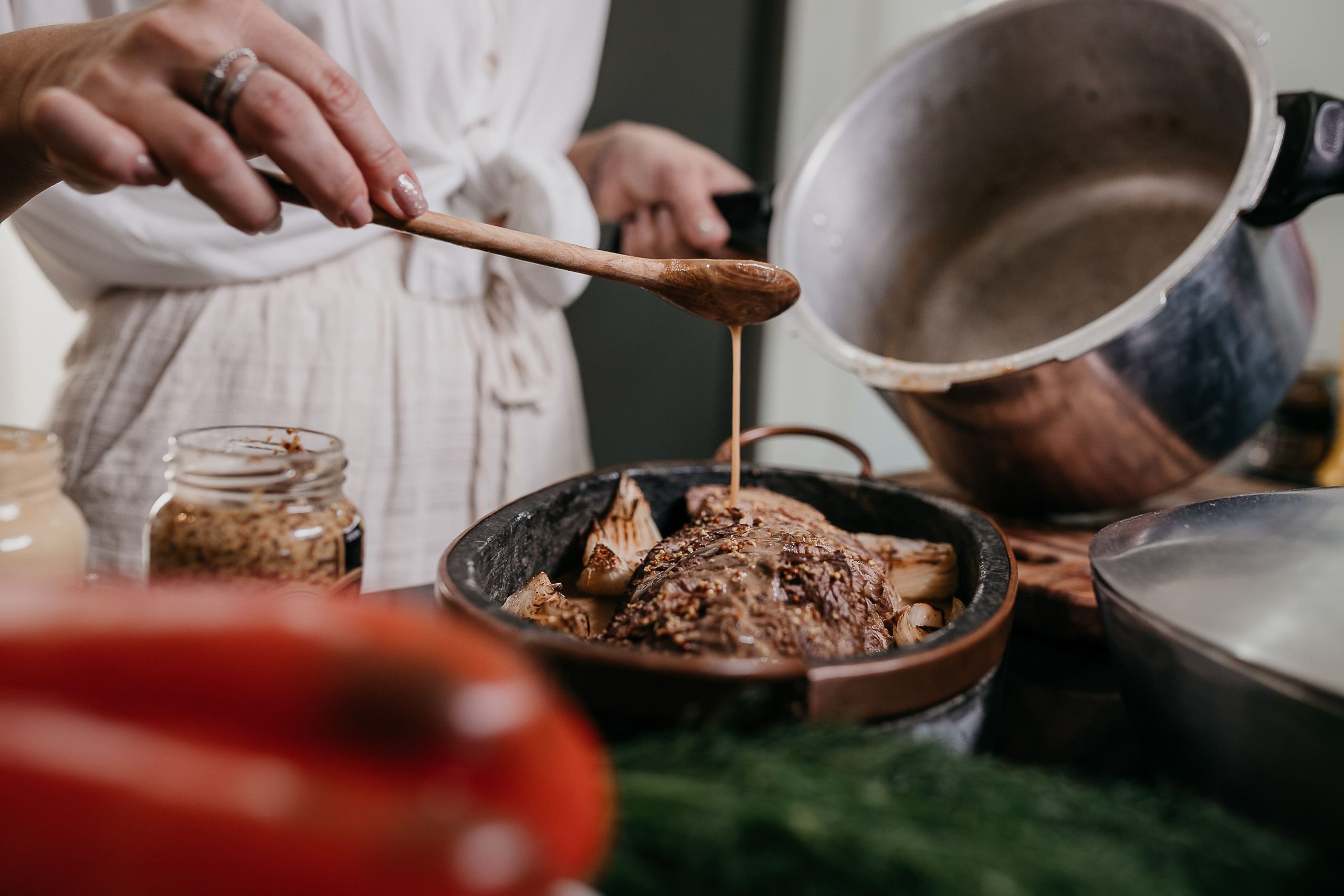That we always have on hand in the Marley Spoon test kitchen, and a few tricks to really ace our recipes. We’re not talking about smoked salts and hard-to-pronounce spices. Today it’s all about olive oil, salt and pepper. Here’s what you need to know:
[ ]
]
Olive Oil
There are two types of olive oils we like to keep on hand in our kitchen. First, the expensive kind we brought back from our last vacation (well, or the kind that makes us dream of Italy for its fragrant, peppery scent) and second, the kind we cook with all the time. The second one is the most important. We don’t have a preferred brand; it all depends on your taste buds. You want your olive oil to taste good on its own so you can drizzle onto salads or a finished dish. When choosing an olive oil, taste a drizzle to see if you like it on its own. If you don’t, then it’s not worth buying. It should taste wonderful to you, though we do recommend you avoid light olive oil; it’s not lower in calories, only lighter in flavor.
Neutral Oil
We like to use a neutral oil such as vegetable or safflower for stir frying or deep frying. Olive oil has a lower smoke point, so it’ll start burning before you can get your pan piping hot.
Coarse Salt
We often provide salt measurements for our recipes, and when we do, we mean kosher salt. The truth is, not all salts are equal in saltiness, so be aware of the kind you’re using. For example, iodized table salt is twice as salty as kosher salt. We love kosher salt for its coarse grind and the craggy surface of each grain, meaning it’ll give you bursts of saltiness. Our favorite brand is Diamond Crystal, as it’s the coarsest grind (Morton’s is slightly finer and therefore saltier). While we have a big box at all times, we like to keep a small bowl of salt close to the stove for easy pinching and sprinkling.
New to Marley Spoon? Sign up today with our most popular discount voucher in 2022
Finishing Salt
For a finishing salt, we’re fans of Maldon, a sea salt from England, known for its delicate flaky crystals. It crumbles easily in your fingers, and has large, almost translucent flakes. Sprinkle on anything, from chocolate chip cookies before they go into the oven to salads and soups just before serving.
All-Purpose Flour
There’s no secret to the kind of flour we use, but there is to the way we measure. Make sure to fluff the flour with a fork before scooping up with a cup or spoon measure. Then scrape off excess flour with a straight edge, such as a sharp knife.
Eggs
When we call for an egg, we mean large (about 2 ounces per egg).
Freshly Ground Pepper
Goodbye pre-ground pepper! There’s nothing quite like freshly ground pepper. It’ll add that irresistible kick—just enough spice—to make even the simplest dish feel truly special. First things first. Buy yourself a nice pepper mill and black peppercorns.
Granulated Sugar
Our go-to sugar for everyday cooking, granulated sugar is refined and has small crystals, making it an easy sugar to use in different dishes as it dissolves quickly. We often use sugar to balance out a vinaigrette or help a vegetable caramelize.
Flavor Boosters
We like to keep a few “flavor boosters” in our kitchen, aka flavor power houses. Dijon mustard, hot sauce, sherry vinegar. A teaspoon or a splash will often be just enough to bring your dish to a new level. Think a sprinkle of hot sauce in that sweet potato stew or a dash of vinegar in your pan for a quick steak sauce.
Spice
Some like it hot. But we know not everyone wants food so spicy it makes them sweat. If you’re not a fan of spicy food, then start with half the dose of red pepper flakes or chili powder. And then taste as you go. Only you can know your heat tolerance.





